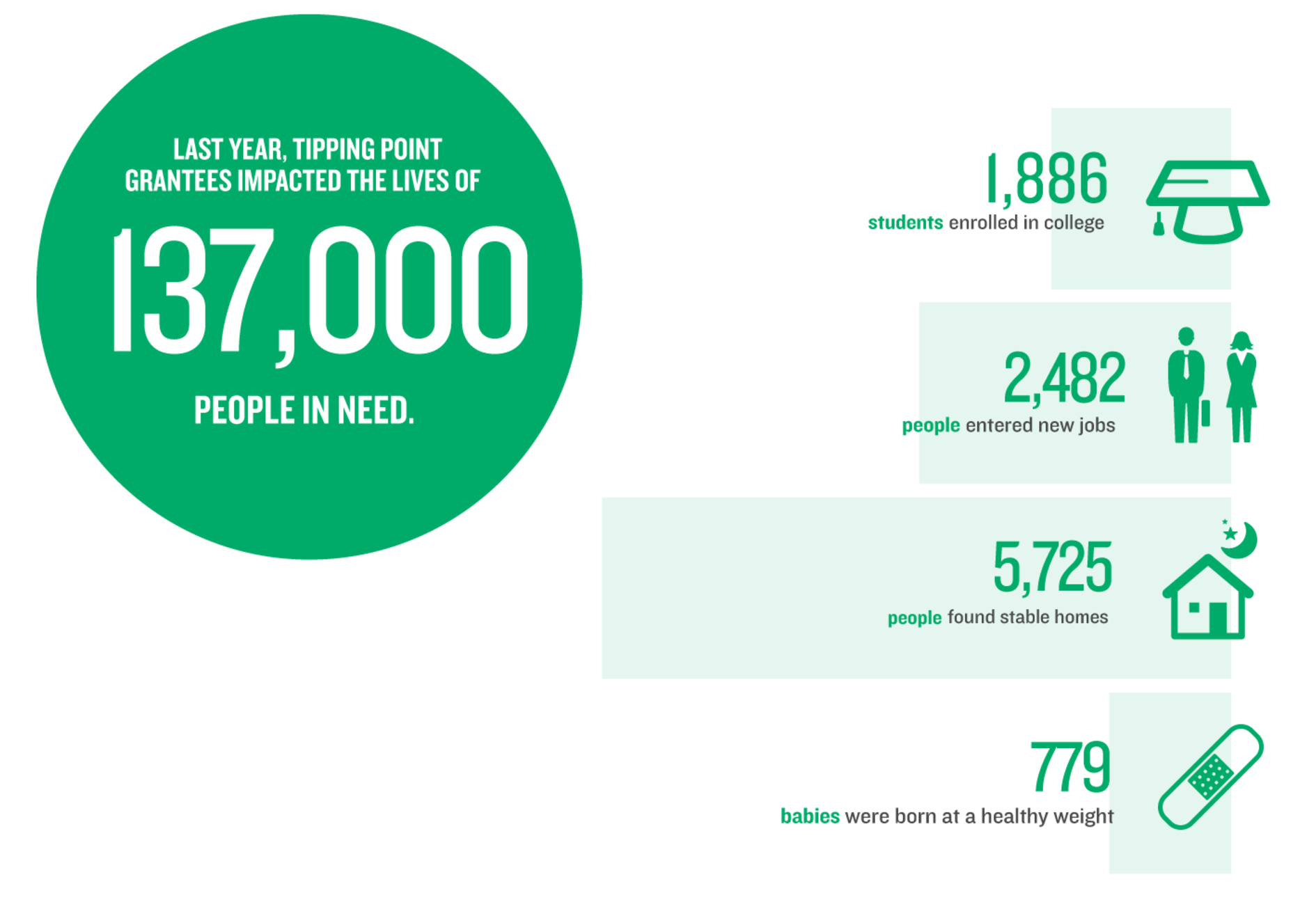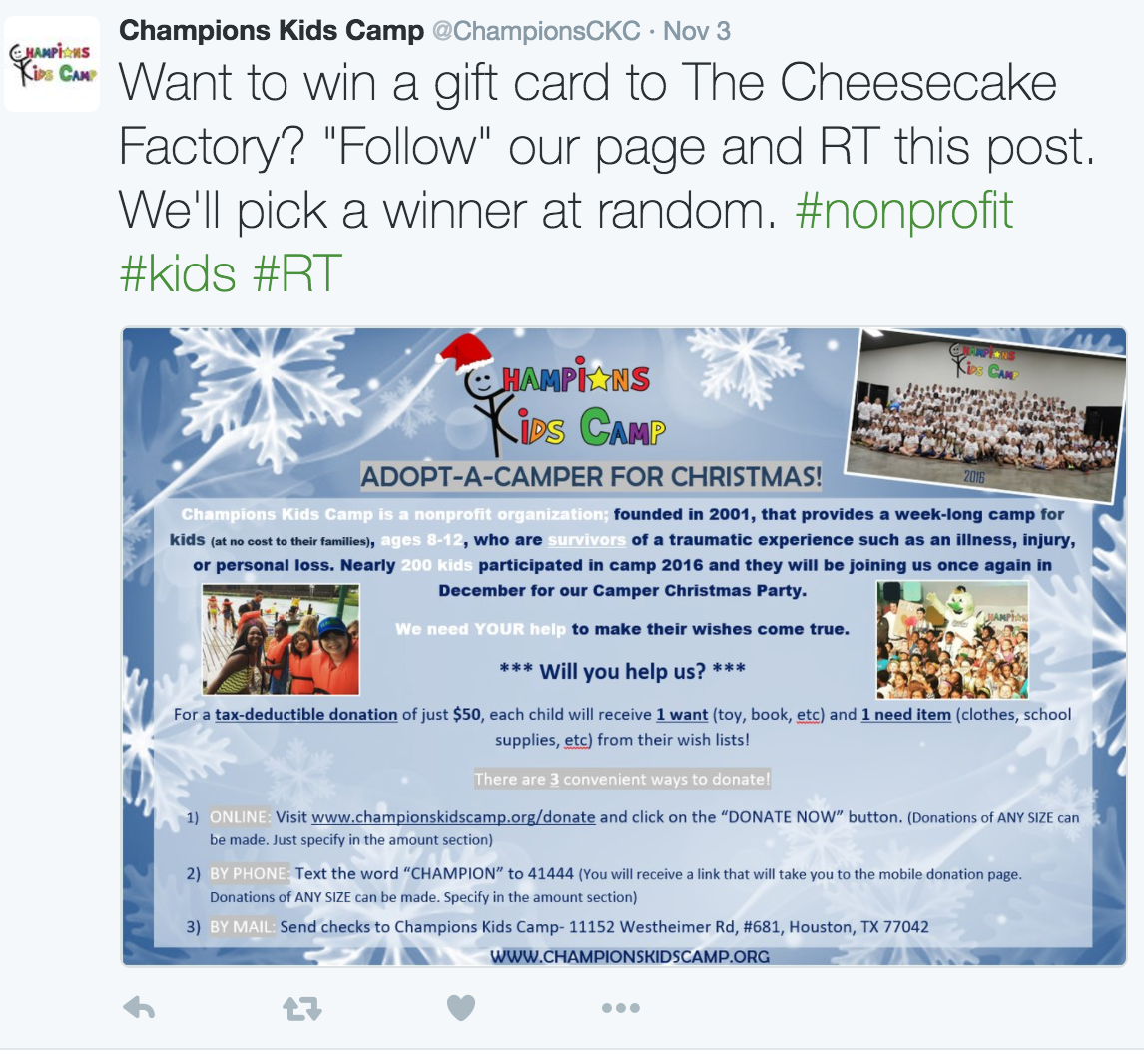7 holiday fundraising tips for nonprofits
While retailers are in the midst of their busy season, so are nonprofits. A survey from Blackbaud shows that charities raise more than 25 percent of their annual contributions in November and December.
#GivingTuesday may be in the rearview mirror, but there’s still plenty of time to boost contributions before the end of year. Here are seven tips for last-minute fundraising.
Tip #1: Share stories
Ask the people you help to share their story. Create a blog post or a video that highlights one person’s story. Share that link in an email to show donors what kind of impact they can have. Your story email doesn’t necessarily require a hard push for donations. Focus on one or two stories, and try a different call-to-call to action like “Hear From Others You Can Help.”
- Mercy Ships, a charity that uses hospital ships to help those with subpar medical care, shares many stories with its donors, making a personal connection between donor and beneficiary.
Tip #2: Make holidays count
There are several holidays between now and January that you’ll want to mark on your calendar. Plan to engage with donors on or around these holidays.
- Near Hanukkah, provide eight reasons to donate to correspond with the eight nights of Hanukkah.
- Around Christmas, ask donors to buy a gift for those in need. Before they drop it off, encourage them to post a picture of the gift on your social channels.
- Save the Children encourages donors to make charitable contributions part of their New Year resolutions.
- At the beginning of the New Year, send an email that showcases how many people your organization helped.
Tip #3: Be transparent
Tell your audience exactly how their donations are used. Send an email that encourages donations and explains how far each dollar goes.
- Tipping Point, a nonprofit supporting people living below the poverty line in the San Francisco Bay Area, tells donors what their contributions have achieved — and of course, shares stories of some of the beneficiaries too.
Tip #4: Host and promote events
Consider hosting a few events during this time of year. Yes, planning events can take a bit of time, but use your network of supporters to help. Food banks can host a can drive, an animal shelter can host a low-cost class for kids to make pet-themed ornaments, and a homeless shelter can encourage volunteers to take shifts serving holiday meals.
- American Legion, for example, hosts an Operation ELF gift-packing party for its volunteers, benefitting orphans and children in transitional living situations.
Tip #5: Plan an easy giveaway on social media
Engage with your audience by offering a holiday-themed giveaway on social media. Partner with a local business to give away a 20% off coupon with every donation, or ask your audience to share what they’re thankful for.
- Champion Kids Camp, an organization helping children who’ve experienced a trauma, gave away a Cheesecake Factory gift card on social media to generate excitement and donations for their “Adopt-a-Camper for Christmas” program.
Tip #6: Create a gift catalog
People love to buy gifts around the holidays, so consider turning your services into a gift catalog. Create the equivalent of an online flyer to encourage shoppers to make a donation. Use email to advertise your gift guide and link to it online.
- The American Red Cross creates a holiday catalog to showcase its services. Everything from immunizations to hot meals to time in a shelter is available for donors to purchase.
Tip #7: Be specific
Sometimes people want to buy an actual item and give it to an organization. If you have a specific need for your nonprofit, it’s okay to ask for it.
- University of Minnesota Health, for example, asks its donors to bring in books, games, puzzles, crayons, and more for their patients.
It’s the most wonderful time of the year to be a nonprofit. Happy holidays and happy fundraising!
Build, send and track emails that look great on any device
Editor’s note: This blog post was originally published in November 2014 and has been revamped and updated for accuracy and relevance.
© 2016 – 2018, Contributing Author. All rights reserved.


 START YOUR FREE TRIAL
START YOUR FREE TRIAL 

